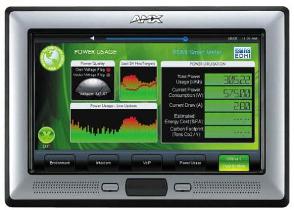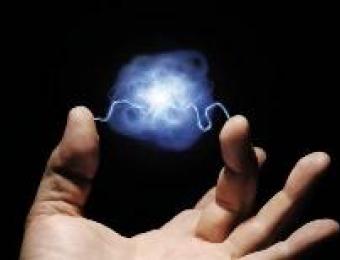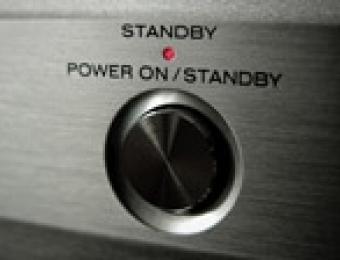
Home automation is only energy efficient when the house is programmed to be that way, otherwise the energy used to power the other automated systems surpasses that which is saved. Installing energy efficient technology and programming your smart home to help conserve energy can easily help you reduce your impact on the environment though - as well as the impact of your power bill.
How can home automation systems save energy?
Because there's simply more technology installed into an automated home than a regular home, smart homes do have the potential to consume more energy than they save. Things like sensors, processors and motors/controls all consume a little bit of power, which can add up over time.
An energy efficient smart home requires careful planning and proper installation to ensure it's saving you as much energy as possible.
Heating, ventilation and cooling
Perhaps the biggest savings that can be had are in the way your home regulates its climate. Through use of sensors and timers, cooling and heating units, ceiling fans, windows, window coverings and exhaust fans can all be controlled to make the absolute most of natural heat and coolness.
They can also be operated in zones as and when required (based on occupancy sensors) to make sure that you're only ever heating and cooling in areas that need it at any given point.
Lighting
A report by the International Energy Agency has stated that a worldwide switch to energy efficient lighting systems could save up to 10% of the world's electricity bill.
Most dimmable lighting controllers are set with an output level of 90%, meaning you're saving 10% of power every time you flick the switch. Automated lighting controls that switch lights off and on only when (and where) they're needed can also help save a small fortune in lighting.
Standby appliances
Power strips that cut-off the entire supply of energy to appliances in standby mode, such as televisions and microwaves, can help reduce up to 20% of your energy bill.
Monitoring consumption
By monitoring your energy consumption, you can manually change your lifestyle and the ways in which you operate your electrical appliances.
An energy management dashboard collects data about your energy usage when you hit peak. This allows you to understand what devices have been operating when you hit peak usage, while also showing when you can use power at off-peak price times. Some energy management devices can read your power usage at every power point, and also sense and activate when you need to alter your consumption.
Smart meters also also allow you to monitor your own energy consumption in real time, and therefore give you the ability to change your lifestyle depending on how much excess energy your are using.
How much will I save on energy bills?
As all smart homes are different, they all consume and save differently. However, by understanding the capacity of your automated system to save power, you will have a wider understanding of whether or not your home is energy efficient.
Depending on the automation systems you've installed and the way your house is used and constructed, your energy savings may even outweigh the cost of installation in just a few years. Smaller lighting based projects are more likely to deliver short-term savings, while larger projects including climate and blind controls may take longer.
If you're looking to see how much you can save by installing energy efficient automation, talk with your qualified installer to see what systems would be best suited to your home and energy consumption.





